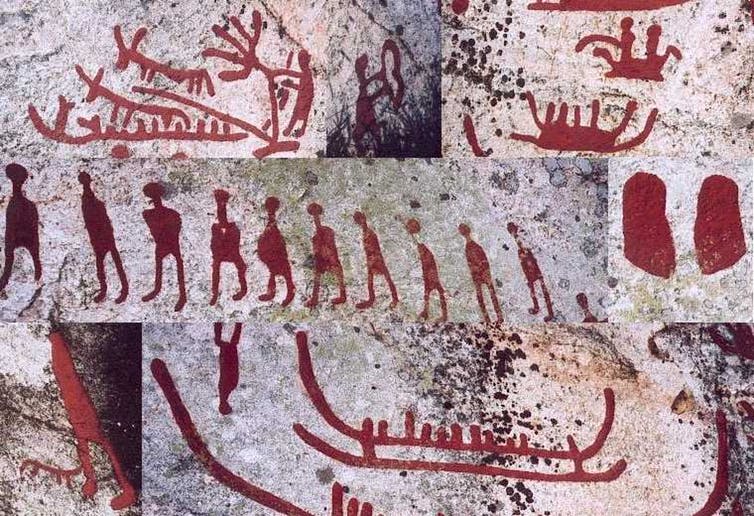Scientists have managed to sequence human DNA from chewing gum that is almost 10,000 years old. Found in Huseby Klev, a Mesolithic site in western Sweden, these findings shed new light on both the region’s heritage and life in Scandinavia during the time.
When looking into the DNA sequences found on these lumps of gum, some interesting information was found regarding the heritage of the people in the region. As the tools used by people in the area bear similarities to the small flakes of flint known as monoliths, used by stone age people in Eastern Europe, researchers had previously assumed that people in ancient Scandinavia had migrated from present-day Russia (Hoole: 2019).
DNA sequencing revealed something else however. Although prehistoric people in the region were genetically Scandinavian, they were more closely related to people from more Western and Southern regions of Europe (Sexton: 2019). Although their usage of Eastern European style tools suggests contact with Eastern Europe, perhaps via trade, it does not necessarily equate to heritage. This means that the ancient people of ancient Scandinavia likely had diverse origins, rather than one (Science Daily: 2019). It also serves as evidence that it is not always possible to make assumptions on where populations come from based on culture alone.
Encouraging for archeologists and genetic researchers alike, extracting DNA from such material sources has also revealed information about ancient environments and ways of life. For example, unlike modern gum that is usually made from synthetic rubber, the gum found on the archeological site was made from lumps of birch pitch- a dark, sticky substance similar tar that is distilled from birch bark by heating it to 420 degrees Celsius in isolation from air (Hoole: 2019). This provides important information about the environment in which people lived- they most likely lived in birch woods as opposed to pine forests, as stand today.
Furthermore, the usage of the gum gives insights into the lifestyles of these ancient people. Out of the three samples analyzed, two were female while only one was male. This challenges the perception that prehistoric females had purely domestic roles, as it appears that they, just as men, were also making tools (Kashuba et al.: 2019). Also interesting is that from the samples taken, impressions of milk teeth were also found. This suggests that children were also involved in the tool-making process.
Given that life expectancy during the period was around 30, it is reasonable to think that societal structures and expectations were more fluid between age and gender. These findings thus prompted researchers to question how far this fluidity extended- whether women in partook in hunting activities and the role of Mesolithic children in society (Hoole: 2019).
To conclude, the ability to sequence ancient DNA from samples of Mesolithic gum has both shed light on the true origins of people in Scandinavia, and challenged previous beliefs on, and methods for, identifying migration patterns. The genetic evidence alongside archeological evidence has also questioned the structure of Mesolithic societies, as they suggest more fluid societal roles than previously thought.
Sources
(https://www.labroots.com/trending/genetics-and-genomics/14809/10-000-chewing-gum-sheds-light-ancient-scandinavia)


